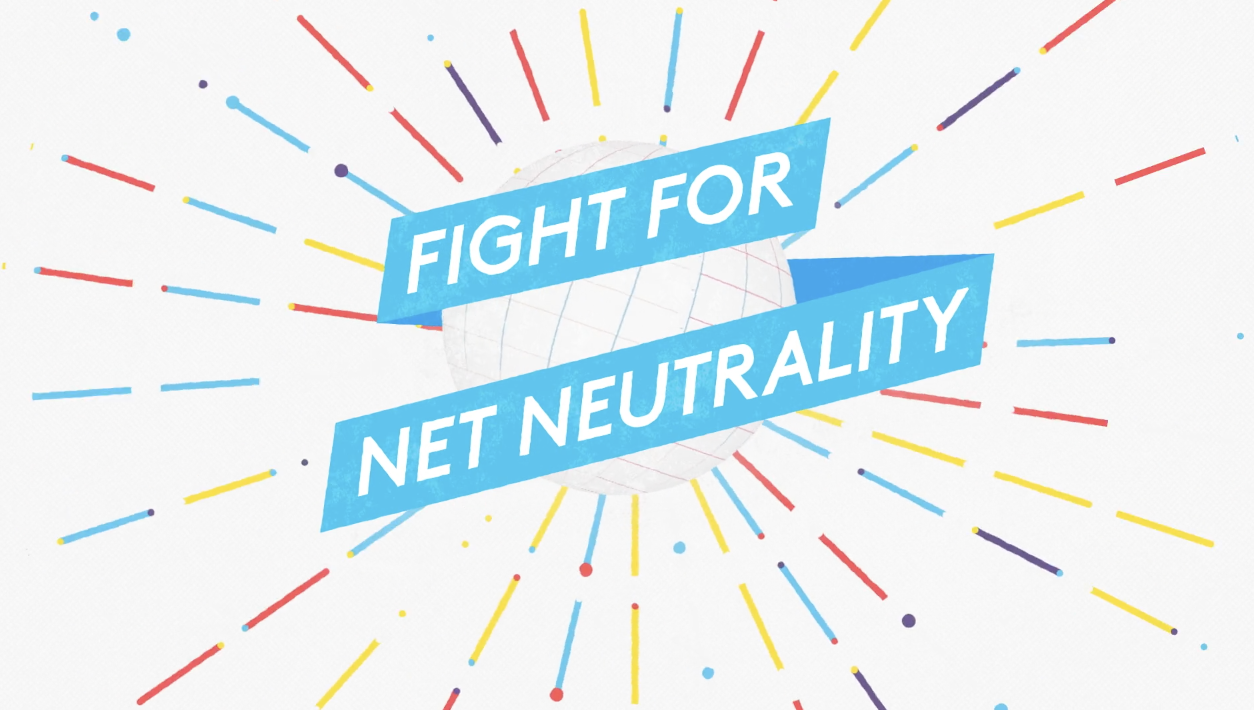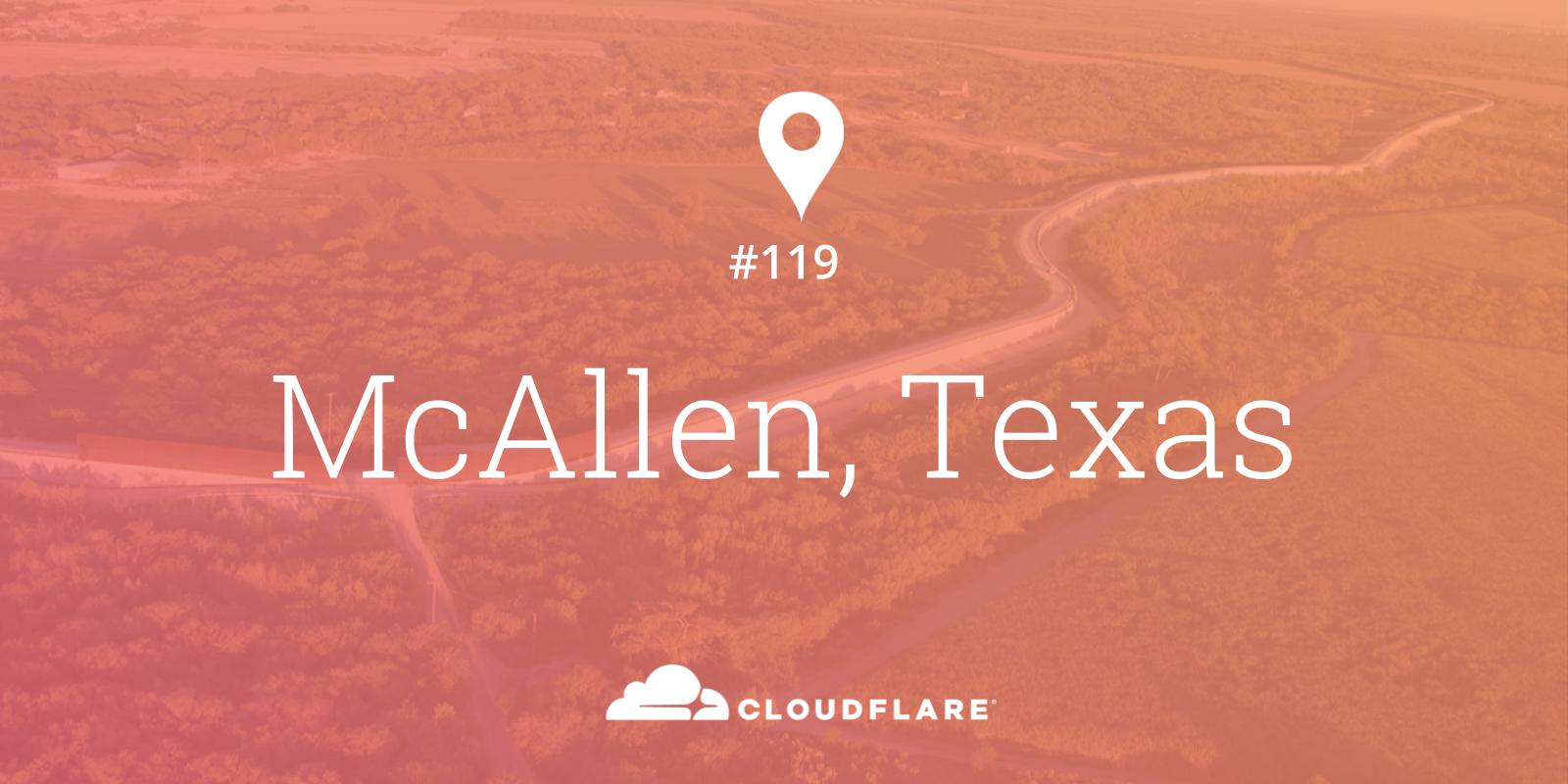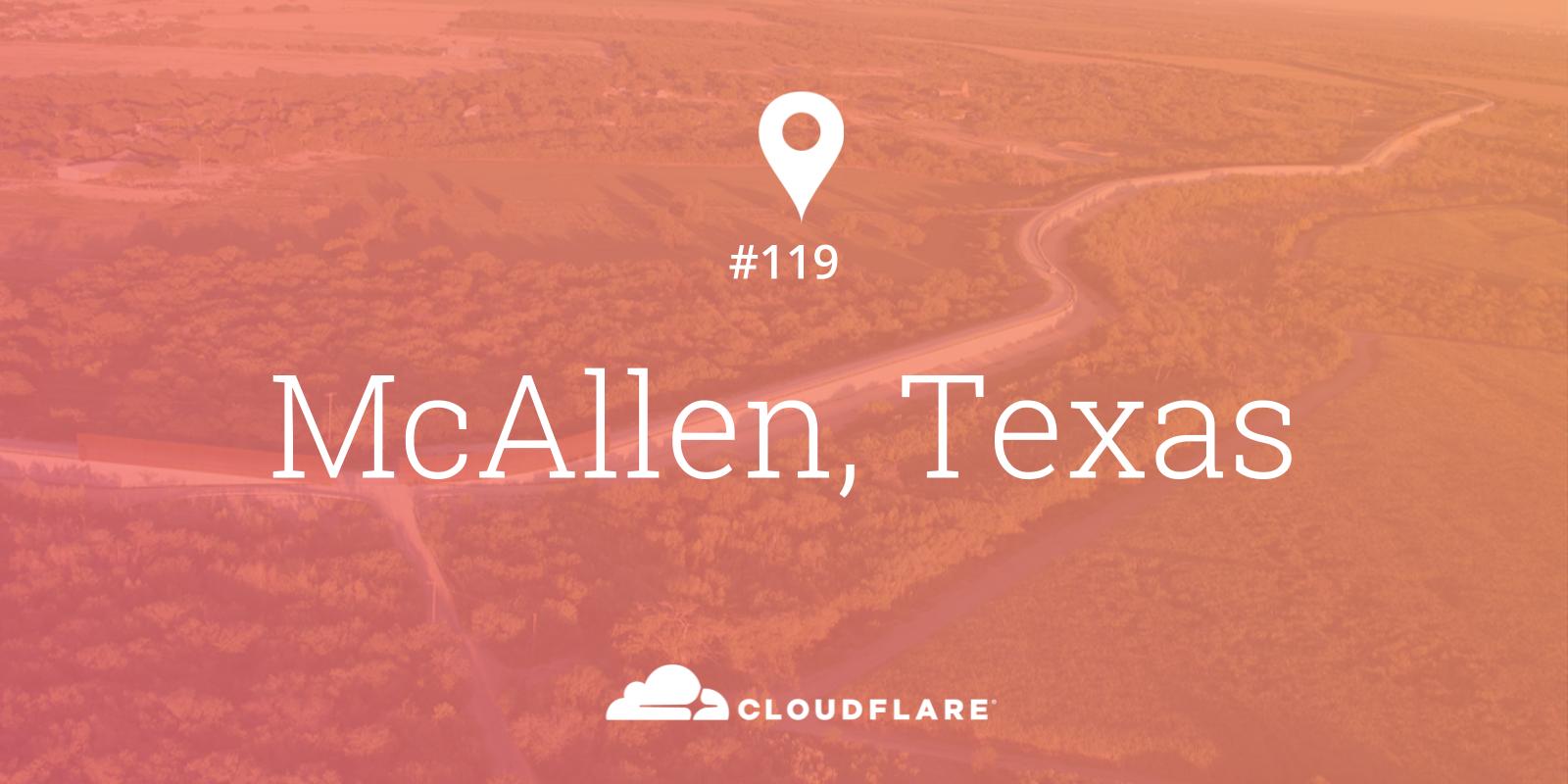Network Topology Visualization – Example of Using LLDP Neighborships, NETCONF and little Python/Javascript
Ok, this is a continuation of two streams of articles here, first my recent NETCONF tutorial here, and secondly my very old project (back then in Java) of visualization of network topologies using SNMP information called “HelloRoute”. So this is a resurrection of a very old ideas, just using newer methods and tools. But first a foreword on visualization.
Foreword – Visualization use in Network Infrastructure by Author’s experience
Well, as far as I would say, automated network visualization or documentation never really took of as primary source of documentation, everywhere I look we still maintain manually created maps with version control, trying to keep them up-to-date in change process and etc… , the reason why this is so is the context that human author can give the map, for example office networks mapped by purpose or parts of buildings, or by legal organizations. Have a look on the picture below, this is a difference between human and automated maps in most generic network modeling tools.

Human vs computer generated network diagrams
Now to not completely kill the point of you finishing this tutorial, I BELIEVE THE PROBLEM IS THAT VISUALIZATION TOOLS ON MARKET ARE MOSTLY GENERIC PRODUCTS, Continue reading
Moving Complexity to Application Layer?
One of my readers sent me this question:
One thing that I notice is you mentioned moving the complexity to the upper layer. I was wondering why browsers don't support multiple IP addresses for a single site – when a browser receives more than one IP address in a DNS response, it could try to perform TCP SYN to the first address, and if it fails it will move to the other address. This way we don't need an anycast solution for DR site.
Of course I pointed out an old blog post ;), and we all know that Happy Eyeballs work this way.
Read more ...The FCC Wants to Kill Net Neutrality – Use Battle for the Net on Cloudflare Apps to Fight Back

TL;DR - Net neutrality is under attack. There's an app on Cloudflare Apps that empowers site owners to host a popup on their sites, encouraging users to contact their congresspeople to fight back. Everyone should be doing this right now, before the December 14th FCC vote.
Use Battle for the Net to Call your Congressperson »
Attend Cloudflare's Save the Internet! Net Neutrality Call-A-Thon »
The Federal Communications Commission (FCC) has scheduled a vote to kill its net neutrality rules this Thursday, December 14th. Unfortunately, the expectation is that the FCC will vote to repeal its net neutrality rules. Read about this on Business Insider, Bloomberg, or TechCrunch.
Net neutrality is the principle that networks should not discriminate against content that passes through them. The FCC’s net neutrality rules protect the Internet, users, and companies from abusive behavior by the largest Internet Service Providers (ISPs). Without net neutrality rules in place, ISPs may be able to legally create a "pay to play" system and charge websites to provide content to their customers more quickly. This will create a disadvantage for startups, bloggers, and everyone else who cannot afford to pay fees for their websites to offer faster service.
Install and run the Cloonix network emulator on Packet.net
This tutorial shows how to set up the Cloonix network emulator on a Packet.net server. It builds on top of my previous post about how to set up a virtualization server on Packet.net. Now, I focus on a specific case: setting up the Cloonix network emulator on the virtualization server. You should read my previous post before reading this one.
Running Cloonix on a remote server enables users to work with more complex network emulation scenarios than would be possible on a standard laptop computer. For example. Cloonix recently added a feature which allows users to run Cisco router images in a Cloonix network emulation scenario. Cisco router images require a large amount of computer resources so I cannot run more than a few on my personal laptop computer. If I use a remote Packet server, I could run dozens of Cisco images in a network emulation scenario if I wanted to.
In this post, I will set up a Cloonix network emulation server on Packet.net so it can be started, stopped, and restarted relatively quickly.
Table of Contents
McAllen, Texas: Cloudflare opens 119th Data Center just north of the Mexico border


Five key facts to know about McAllen, Texas
- McAllen, Texas is on the southern tip of the Rio Grande Valley
- The city is named after John McAllen, who provided land in 1904 to bring the St. Louis, Brownsville & Mexico Railway railway into the area
- McAllen, Texas is named the City of Palms
- The border between Mexico and the USA is less than nine miles away from the data center
- McAllen, Texas is where Cloudflare has placed its 119th data center
Second datacenter in Texas; first on the border with Mexico
While McAllen is close to the Mexican border, its importance goes well beyond that simple fact. The city is halfway between Dallas, Texas (where Cloudflare has an existing datacenter) and Mexico City, the center and capital of Mexico. This means that any Cloudflare traffic delivered into Mexico is better served from McAllen. Removing 500 miles from the latency equation is a good thing. 500 miles equates to around 12 milliseconds of round-trip latency and when a connection operates (as all connections should), as a secure connection, then there can be many round trip communications before the first page starts showing up. Improving latency is key, even if we have Continue reading
Big Switch’s Big Mon Keeps an Eye on Mobile Subs
 Big Mon uses a technology called GPRS tunneling protocol (GTP) to keep an eye on traffic.
Big Mon uses a technology called GPRS tunneling protocol (GTP) to keep an eye on traffic.
Building a World Free of Barriers: Vashkar Bhattacharjee’s Story
We recently shared Part One and Part Two of Vashkar Bhattacharjee’s story. Vashkar is the National Consultant, Accessibility, A2i, Prime Minister’s Office of Bangladesh, and the Program Manager, Young Power in Social Action (YPSA). Here is Part Three.
Our research at Young People in Social Action (YPSA), Bangladesh revealed that developing multimedia talking books would not be enough to ensure proper learning among students. For that to happen, the students required access to rich vocabulary libraries for proper understanding of language. (We have been supported by a2i program’s Service Innovation Fund to develop Bangladesh’s first accessible dictionaries in English and Bangla available in both online and offline modes.)
People are amazed to see persons with visual impairment using computers and smartphones. This has been made easy thanks to the open-source screen-reading software that can convert text to speech. People with visual impairment can also use the standard QWERTY keyboard just like everybody else as it has become second nature. Among the 50 people working at YPSA, 32 have a disability. ICTs have helped them overcome physical barriers.
In the role of a2i’s national consultant for disability, I am working on making different websites accessible for all following W3C’s Web Content Accessibility Continue reading
Verizon Awards Ericsson First 5G Equipment Contract
 Ericsson will provide pre-standard 5G Core and RAN.
Ericsson will provide pre-standard 5G Core and RAN.
AT&T Adds Humax to CPE Supplier List as Market is Forecast to Boom
 AT&T's Device Supplier program began as Domain 1.0 in 2009.
AT&T's Device Supplier program began as Domain 1.0 in 2009.
Headcount: The Latest in Hirings, Firings, and Retirings — December 11, 2017
 Dish co-founder steps down (again); Aryaka gains new CRO; Nutanix makes new additions.
Dish co-founder steps down (again); Aryaka gains new CRO; Nutanix makes new additions.
Menlo Security Closes $40M Series C for its Isolation Platform
 Ericsson is one of the startup's investors.
Ericsson is one of the startup's investors.
A Christmas Support Story
Warning: Non-Technical Post
As it’s the festive period and this time of the year is for caring and sharing, here’s a short story from many years ago. This might make some chuckle, but some of these times were not pleasant and I can assure you, they were very real!
Like most IT related people, I started in support. The job paid peanuts, it was shift work and I had much to learn. Being quite eager to please, many mistakes were made and in these cases seniors were supposed to help the younglings (like me). For some companies, a functioning support network just isn’t there and low rank power struggles leave you fighting fires a la solo.
Within the first three months of the job, I experienced two major backhaul fibre outages, a group of people stealing our generator power cables and the air conditioning system failed to the point of meltdown. We also had a total power outage which took 40 hours or so of non-stop work to get everything back online and healthy.
These kinds of experiences make or break you. The phones do not stop ringing (at least when the power is on) and customers rightfully do not Continue reading
CORD Says It’s the De Facto Choice for Edge Computing
 The group also combined its separate CORD projects.
The group also combined its separate CORD projects.
Nokia Gets a New COO to Replace Maurer
 Former COO Monika Maurer departs after just eight months on the job.
Former COO Monika Maurer departs after just eight months on the job.
Net Neutrality and the FCC’s December 14 Vote
Net neutrality is defined differently in different circles. For the Internet Society, it means that an Internet service provider should not block, filter, throttle a users’ Internet usage, or give preferential treatment to one end user or content provider over another. Fundamentally, everyone should be able to access the content and services they choose without corporate or government interference. We believe this will ensure the Internet remains an engine for innovation, free expression, and economic growth. In some jurisdictions, this may require policy, regulatory, and technical measures.
On December 14, the Federal Communications Commission (FCC) is likely to vote to repeal the 2015 Open Internet Order, which classified broadband providers as common carriers under Title II of the Communications Act. Under FCC Chairman Pai’s proposal, the FCC would yield authority over broadband providers to the Federal Trade Commission (FTC).
Since the announcement of that vote, many American Internet users have been anxious that their Internet service provider may undo their commitments to provide open access to the Internet for their customers. They are right to be anxious. We are already seeing signs that ISPs may change their net neutrality commitments in light of the upcoming ruling.
American users have Continue reading
Take a Deep Dive Into the SD-WAN Market
 Find out why Citrix NetScaler SD-WAN was named a leading player to watch and how its solution is reshaping the modern enterprise network with improved performance reduced costs and enhanced security, with the flexibility of a hardware or virtual appliance, on-premises or in the cloud.
Find out why Citrix NetScaler SD-WAN was named a leading player to watch and how its solution is reshaping the modern enterprise network with improved performance reduced costs and enhanced security, with the flexibility of a hardware or virtual appliance, on-premises or in the cloud.
